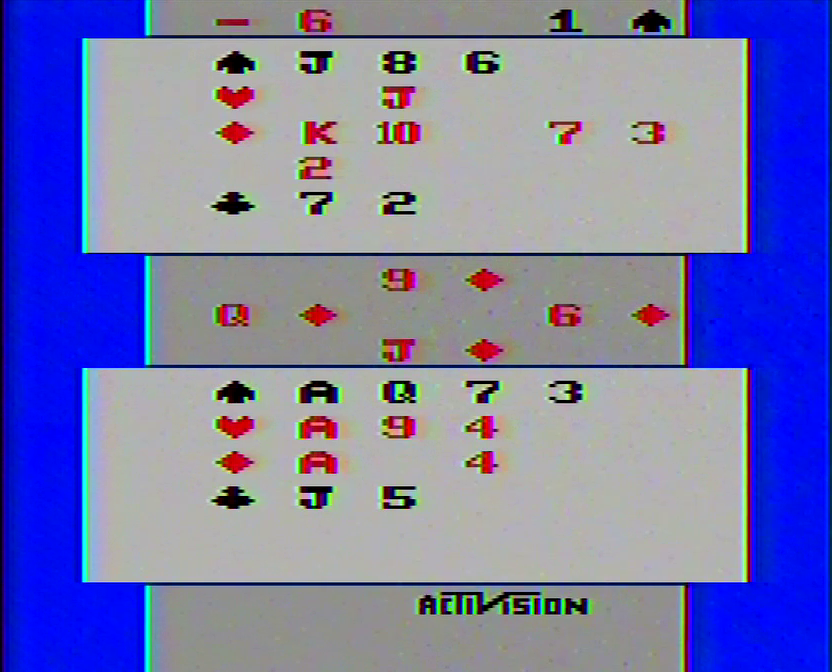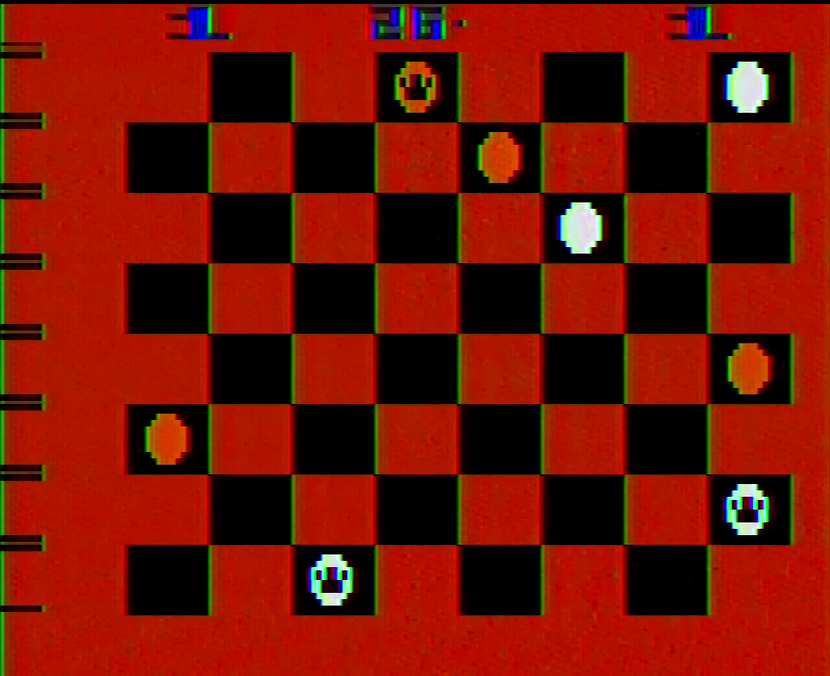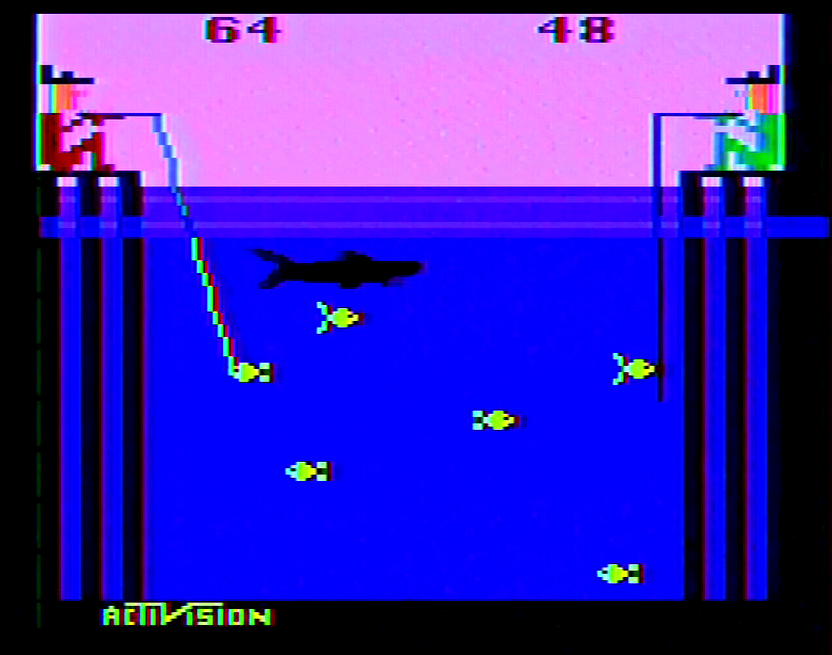Since Space Invaders kicked off the 1980 lineup of VCS games, it’s clear that this is the year that the platform as we know it today truly started to take shape. It’s the year that the VCS became a monster commercial success and pulled the home console market out from a small niche and into what would become a billion-dollar industry, but while Space Invaders had a big role in that, so too did the rise of third party publishers.
The idea of a “third party,” or a company besides the manufacturer publishing programs, existed in the realm of computers for years at this point. Small publishers had been selling programs for microcomputers such as the Apple II for some time by 1980, and even further back companies like RCA had published programs for IBM minicomputers. You could even make the case that open-source, freely available games and programs that date back to the 1960s were a precursor to the concept of a “third party” publisher popularized in the mid-’70s by companies like Microsoft. But the home video game market was a “walled garden” in the 1970s: the only companies producing games for a platform were the same companies that had made the hardware. If you owned a VCS, you had to choose from Atari’s games. If you bought an MP1000, you were limited to what APF was publishing. The only real exception was Bally’s BASIC cart for the Professional Arcade, which allowed people to write their own programs and make code listings or cassette tapes available for sale, but even this was, by 1980, primarily a hobbyist pursuit and quite niche. But in July of that year, the company Activision published its first four games for a game console they didn’t make or own: Fishing Derby, Boxing, Dragster, and Checkers. In the process Activision set the game industry down a path where today third party publishers and developers make up the vast majority of what’s out there.
Continue reading “Fishing Derby – August 1980” →





